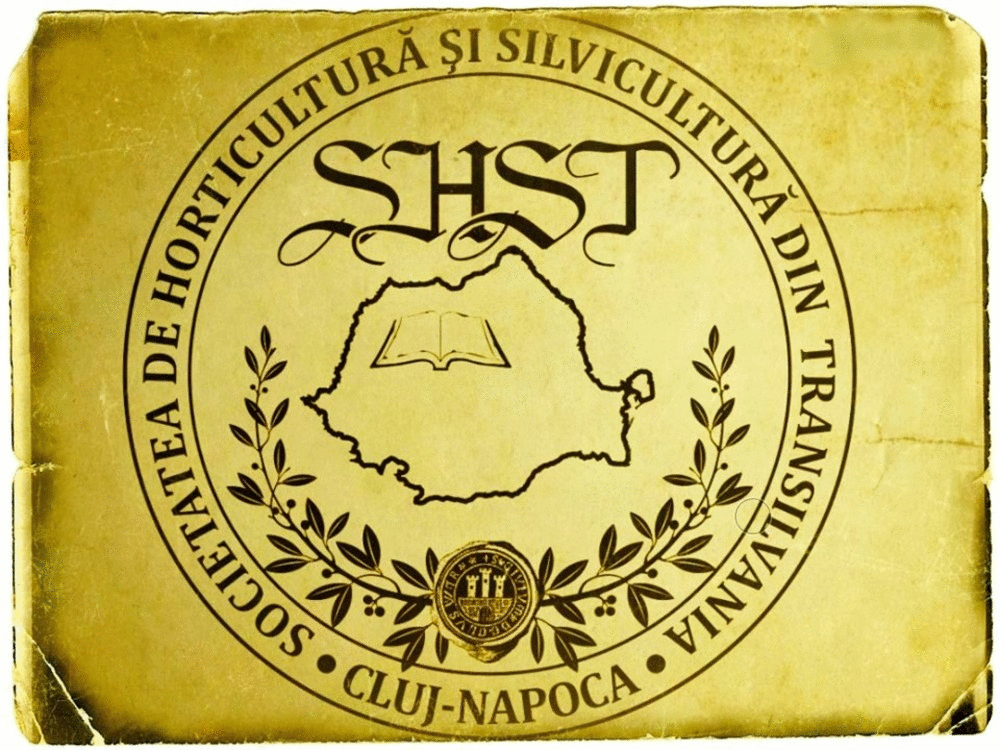Plant Community Traits of Shohada Protected Area, West Azerbijan, Iran
DOI:
https://doi.org/10.15835/nsb213566Keywords:
type, cover, plant community, biodiversity, forest , Shohadao valleyAbstract
Shohada Protected Area, consisting of Shohada Valley and it’s adjacent areas with an area of 577 hectares is located in south of Urmia, and is known as an important natural plant station of Urmia. It is studied with respect to the important factors which influence the vegetation cover in whole, particularly, with regard the composition and formation of plant communities. To study the area, Brown-Blanquet’s method was used. Plant samples were taken from 77 sample plots. The study resulted in recognition of four herbaceous types and seven shrub types in the studied area. In addition, the investigation led to the fact that the most important factors which influence the vegetation cover, are: geographical orientation, altitude, gradient and soil texture. The study also resulted in preparation of a colored vegetation map with a scale of 1:20000.
Metrics
Downloads
Published
How to Cite
Issue
Section
License
Papers published in Notulae Scientia Biologicae are Open-Access, distributed under the terms and conditions of the Creative Commons Attribution License.
© Articles by the authors; licensee SMTCT, Cluj-Napoca, Romania. The journal allows the author(s) to hold the copyright/to retain publishing rights without restriction.
License:
Open Access Journal - the journal offers free, immediate, and unrestricted access to peer-reviewed research and scholarly work, due SMTCT supports to increase the visibility, accessibility and reputation of the researchers, regardless of geography and their budgets. Users are allowed to read, download, copy, distribute, print, search, or link to the full texts of the articles, or use them for any other lawful purpose, without asking prior permission from the publisher or the author.













.png)















